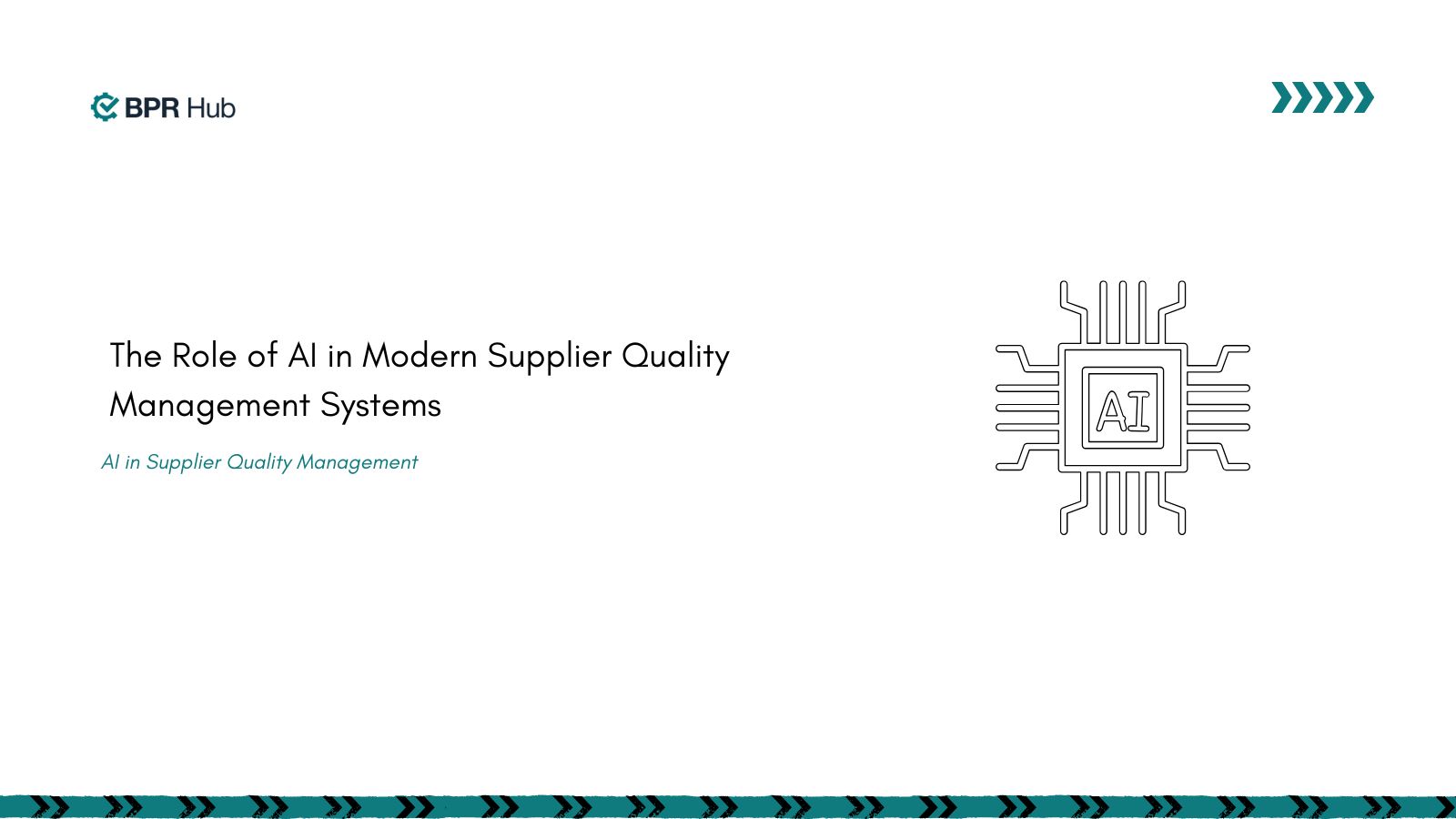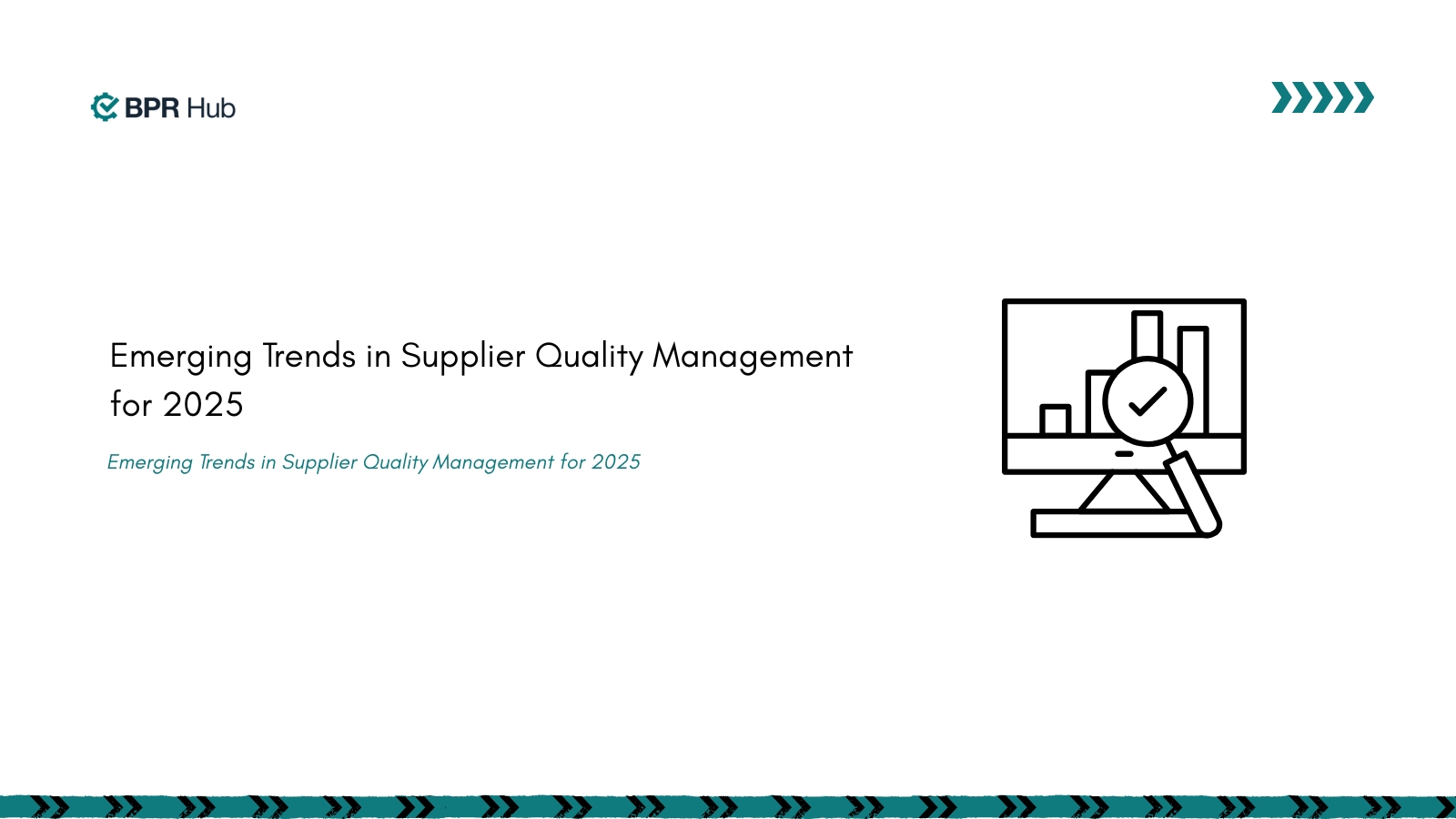Manufacturing and operations managers face a silent profit killer that can consume up to 40% of total operations costs. According to the American Society for Quality (ASQ), companies experience quality-related costs as high as 15% to 20% of sales revenue, with some organizations reaching an alarming 40% of total operations. This hidden expense, known as the Cost of Poor Quality (COPQ), represents the financial impact of producing defective products or services that fail to meet customer expectations.
COPQ encompasses all costs that would disappear if systems, processes, and products were perfect. From scrap materials and rework expenses to warranty claims and customer complaints, these costs drain profitability while undermining competitive advantage. For a company with $100 million in annual revenue, poor quality can translate to $20 million in wasted resources annually, nearly $77,000 lost every single workday.
Understanding and measuring COPQ becomes critical for operations managers, quality assurance professionals, and manufacturing leaders seeking to optimize processes, reduce waste, and improve bottom-line performance. Organizations implementing quality management systems and ISO 9001 standards can systematically reduce the cost of poor quality while building robust frameworks that drive sustainable growth.
Why Cost of Poor Quality (COPQ) Matters in Business
Why COPQ matters extends far beyond simple cost reduction; it represents a fundamental business metric that influences profitability, customer satisfaction, and operational efficiency. The impact of poor quality ripples through every aspect of an organization, creating both visible and hidden expenses that can devastate financial performance.
According to American Society of Mechanical Engineers (ASME) research, COPQ can range from 5% to 30% of sales revenue across manufacturing companies. This substantial variation highlights the critical importance of implementing robust quality management practices to minimize the cost of bad quality.
The financial impact becomes even more pronounced when considering that external failure costs, those discovered by customers, are significantly more expensive to fix than internal failures caught before delivery. According to ASQ research, external failures often result in multiple cost layers, including warranty claims, product returns, customer complaint handling, and potential brand reputation damage.
Beyond direct financial impacts, COPQ influences customer satisfaction and brand reputation. Organizations that effectively manage quality costs experience an average 9% increase in sales and 26% increase in profitability, according to ASQ studies. The strategic value of measuring COPQ lies in its ability to quantify improvement opportunities and gain executive support for quality initiatives.
Unlock Hidden Profits by Reducing Your Cost of Poor Quality. Contact BPR Hub today
📍 Book a Demo
📧 hello@bprhub.com
Categories of Cost of Quality (COQ)
Understanding the four categories of cost of quality provides the foundation for effective COPQ management. The COQ framework divides quality costs into four distinct categories:
Prevention Costs
Prevention costs represent investments made to prevent defects from occurring in the first place. These proactive expenses offer the highest return on investment among all quality cost categories. Prevention costs include:
- Quality planning and process design
- Supplier quality assessments and certifications
- Employee training and competency development
- Design reviews and failure mode analysis
Appraisal Costs
Appraisal costs encompass expenses associated with measuring, evaluating, and auditing products and processes to ensure conformance with specifications, including inspection, testing, and quality audits.
Internal Failure Costs
Internal failure costs arise when defects are discovered and corrected before products reach customers, including scrap materials, rework labor, equipment downtime, and re-inspection activities.
External Failure Costs
External failure costs occur when customers discover quality problems after delivery, representing the most expensive category, including warranty claims, product recalls, customer complaints, and regulatory penalties.
How to Calculate the Cost of Poor Quality (COPQ)
COPQ calculation requires systematic data collection and analysis across all failure categories. The fundamental COPQ formula combines internal and external failure costs:
COPQ = Internal Failure Costs + External Failure Costs
For comprehensive quality cost analysis, organizations use the expanded formula: Total Cost of Quality = Prevention Costs + Appraisal Costs + Internal Failure Costs + External Failure Costs
Practical COPQ Calculation Example: Consider ABC Manufacturing with $50 million annual revenue:
- Internal failures: $1.2 million (scrap, rework, downtime)
- External failures: $800,000 (warranties, returns, complaints)
- Total COPQ: $2 million (4% of revenue)
This calculation reveals that ABC Manufacturing loses $2 million annually to poor quality. Organizations implementing cost of quality in project management methodologies often discover that COPQ represents 10-30% of project costs, making quality improvement initiatives highly attractive from ROI perspectives.
COPQ Metrics and Measurement Techniques
Effective COPQ metrics enable organizations to measure the cost of poor quality accurately and benchmark COPQ performance against industry standards. Key measurement techniques focus on establishing data collection systems that provide actionable insights.
Primary COPQ Metrics:
- Defect rates (PPM, first-pass yield, scrap rates)
- COPQ as a percentage of sales revenue
- Warranty cost trends and customer complaint expenses
- Equipment downtime due to quality issues
Benchmarking COPQ Performance: According to Steelhead Technologies' research, world-class organizations achieve COPQ levels below 5% of revenue, while average performers typically experience 10-15%. Organizations implementing comprehensive quality frameworks often see COPQ reach 20-30% of revenue without proper management.
Effective measurement enables organizations to identify high-impact improvement opportunities and demonstrate the financial benefits of quality investments to executive leadership.
Real-World Examples of COPQ
The cost of poor quality examples from various industries demonstrates the significant financial impact and benefits of systematic COPQ reduction initiatives.
Software Development: Software defect correction costs increase dramatically based on discovery timing. Design phase corrections serve as the baseline, while implementation phase corrections cost significantly more, and post-release maintenance can cost substantially more than design phase corrections.
Manufacturing Success: A major automotive manufacturer implementing comprehensive COPQ reduction achieved $12 million in annual savings through scrap reduction, a 40% decrease in warranty claims, and a 25% improvement in customer satisfaction scores through supplier quality improvement and enhanced process controls.
Medical Device Industry: A medical device company reduced COPQ from 18% to 8% of revenue through root cause analysis that reduced field failures by 60%, enhanced design controls that decreased development rework by 45%, and improved supplier management that reduced incoming defects by 70%.

Strategies to Reduce the Cost of Poor Quality
Reduce COPQ through systematic implementation of quality improvement strategies that address root causes while building preventive capabilities. Successful organizations achieve 20-50% COPQ reduction by focusing on high-impact improvement areas.
Process Optimization and Lean Methods
Process optimization represents the foundation of effective COPQ reduction. Organizations implementing Lean methodologies typically achieve 25-40% improvement in quality costs through waste elimination and process standardization using tools like Value Stream Mapping, 5S workplace organization, and Poka-Yoke error proofing.
Supplier Quality Management
Supplier-related defects often contribute 30-50% of total COPQ. Implementing comprehensive supplier quality programs delivers significant COPQ reduction through supplier certification programs, incoming inspection protocols, and collaborative improvement initiatives.
Employee Training and Digital Tools
Employee competency directly impacts quality performance. Companies investing in comprehensive quality training achieve significant improvements in customer complaints and employee engagement. Modern digital technologies enable COPQ reduction through Manufacturing Execution Systems, Statistical Process Control software, and quality management systems that automate workflows and provide real-time monitoring.
Benefits of Reducing the Cost of Poor Quality
Benefits of reducing COPQ extend throughout organizations, delivering quality cost savings that improve profitability, operational efficiency, and competitive positioning. Companies achieving significant COPQ reduction typically experience 20-40% improvement in overall business performance.
Increased Profit Margins
Direct financial benefits from COPQ reduction flow immediately to organizational bottom lines. Every percentage point reduction in COPQ can return $1 million annually for companies with $100 million in revenue through reduced material waste, decreased labor costs, and improved overhead allocation.
Improved Product Quality & Efficiency
COPQ reduction initiatives simultaneously improve product quality and operational efficiency. Enhanced process capability reduces variation and improves predictability, while the elimination of rework increases effective production capacity and enables better resource utilization.
Enhanced Customer Satisfaction
Quality improvements directly translate to improved customer satisfaction and loyalty. Organizations achieving significant COPQ reduction typically experience improved customer retention rates and enhanced customer satisfaction scores, contributing to long-term business success through reduced field failures, faster issue resolution, and improved brand reputation.
Making COPQ a Strategic Priority
Making COPQ a strategic priority requires organizational commitment to systematic quality management that balances prevention investments with failure cost reduction. Companies achieving world-class quality performance typically maintain COPQ levels below 5% of revenue while continuously improving customer satisfaction and operational efficiency.
Organizations should establish comprehensive measurement systems that track quality costs, identify improvement opportunities, and demonstrate the financial benefits of quality investments. The investment in quality improvement typically delivers a 3:1 to 10:1 return on investment while building organizational capabilities that support continued success.
How BPR Hub Helps Organizations Reduce COPQ
BPR Hub specializes in helping organizations implement comprehensive quality management systems that systematically reduce COPQ while building sustainable competitive advantages. Our COPQ reduction services include baseline assessment, quality management system design, process improvement initiatives, and employee training programs.
Our clients typically achieve 20-40% COPQ reduction within 12-18 months while building organizational capabilities that support continued improvement. Contact BPR Hub today to learn how our quality management expertise can help your organization reduce COPQ and achieve sustainable competitive advantage.
Turn Quality Losses into Competitive Advantage. Partner with BPR Hub today.
📍 Book a Demo
📧 hello@bprhub.com
Key Takeaways
→ COPQ typically represents 10-20% of revenue for average organizations, while world-class companies achieve levels below 5%
→ External failure costs are significantly more expensive than internal failures, making prevention-focused strategies essential for cost-effective quality management
→ Every 1% reduction in COPQ can return $1 million annually for companies with $100 million in revenue, demonstrating significant ROI potential
→ Systematic COPQ reduction requires comprehensive approaches combining process improvement, employee training, supplier management, and technology implementation
→ Organizations implementing Lean Six Sigma methodologies typically achieve a 35-50% reduction in failure costs within 12-18 months
→ Quality culture development and leadership commitment serve as fundamental prerequisites for sustainable COPQ reduction and continuous improvement success
Frequently Asked Questions
What is the difference between Cost of Quality (COQ) and Cost of Poor Quality (COPQ)?
COPQ specifically refers to the costs arising from defects and failures (internal and external failure costs), while Cost of Quality (COQ) encompasses all quality-related expenses, including prevention costs, appraisal costs, and failure costs. COPQ represents the portion of COQ that would disappear if processes operated perfectly without defects. Organizations implementing quality management systems can effectively track both metrics.
How can small manufacturing companies with limited resources effectively measure and reduce COPQ?
Small manufacturers should start with simple COPQ tracking, focusing on obvious failure costs like scrap, rework, and customer complaints. Implement basic measurement systems using spreadsheets to collect monthly data on defect rates and associated costs. Focus improvement efforts on high-impact, low-cost initiatives like employee training, process standardization, and supplier quality management that deliver immediate COPQ reduction.
What industries typically experience the highest COPQ levels and why?
Complex manufacturing industries like aerospace, automotive, and medical devices often experience higher COPQ levels (8-15% of revenue) due to stringent quality requirements, complex supply chains, and high failure consequences. However, any industry can achieve world-class COPQ performance through systematic quality management approaches and proper implementation.
How long does it typically take to see significant COPQ reduction results after implementing improvement initiatives?
Organizations typically observe initial COPQ improvements within 3-6 months of implementing focused improvement initiatives. Significant reductions (20-40%) usually require 12-18 months of sustained effort, including process improvements, employee training, and system implementations. Long-term sustainable improvements require 18-36 months to fully embed quality culture changes and establish robust prevention-based quality management systems.
Should organizations include prevention and appraisal costs when calculating COPQ for management reporting?
Traditional COPQ calculations focus only on failure costs (internal and external) since these represent waste that should be eliminated. However, some organizations include prevention and appraisal costs in broader Cost of Quality reporting to demonstrate the total investment in quality management. For improvement initiatives, tracking failure costs separately provides clearer visibility into the financial benefits of quality improvements and enables better ROI calculations.
Get insights that help you minimize risks and maximize profits.
Dive deeper into manufacturing compliance with our free resources.
We get it, compliance can get tough.
Here are some additional resources to help.
We get it, compliance can get tough. Here are some additional resources to help.
Get updates in your inbox

.svg)
%20(1).svg)
%20Impact%20and%20Prevention.jpg)

.jpg)


%20(1).svg)

.avif)

